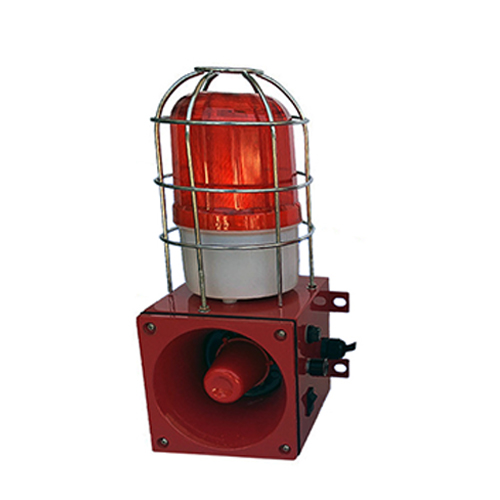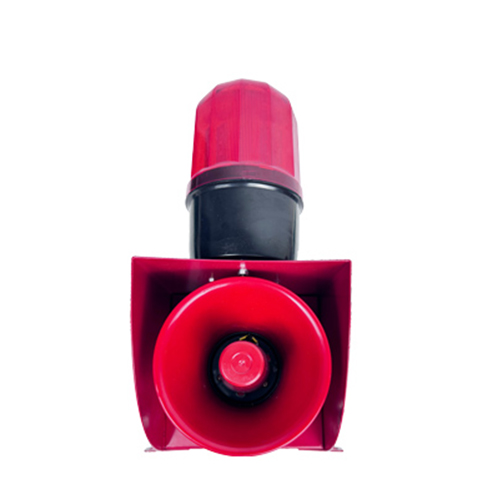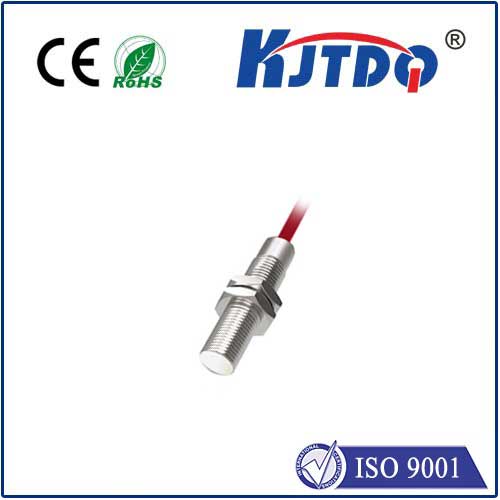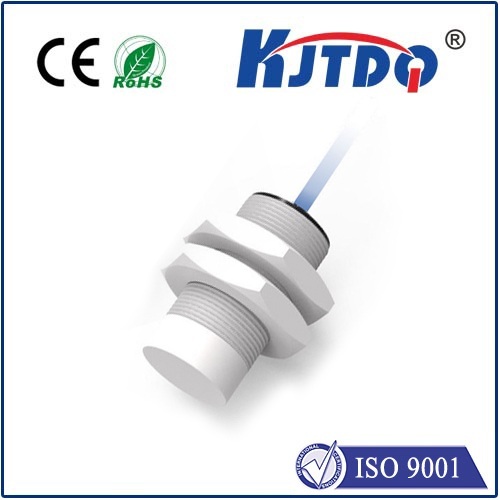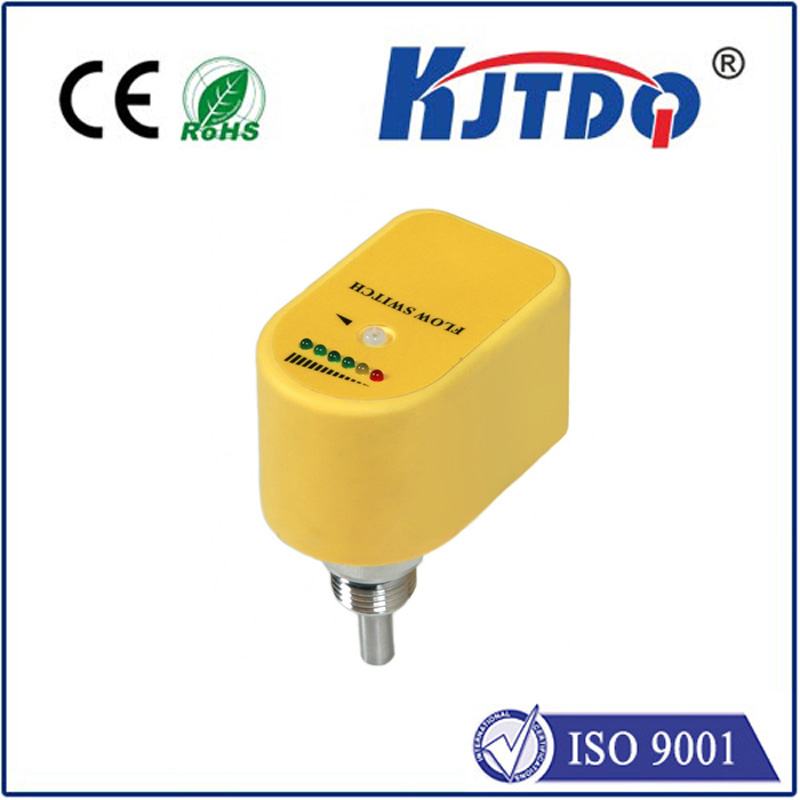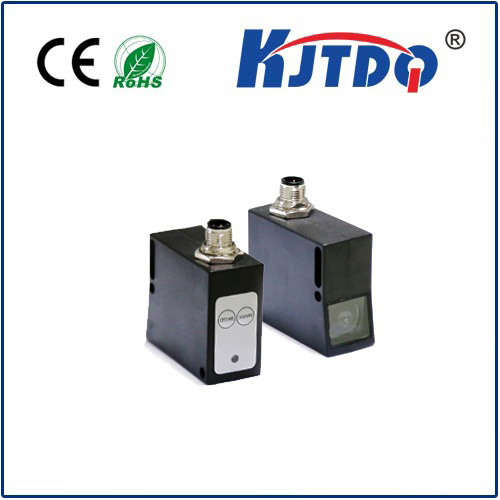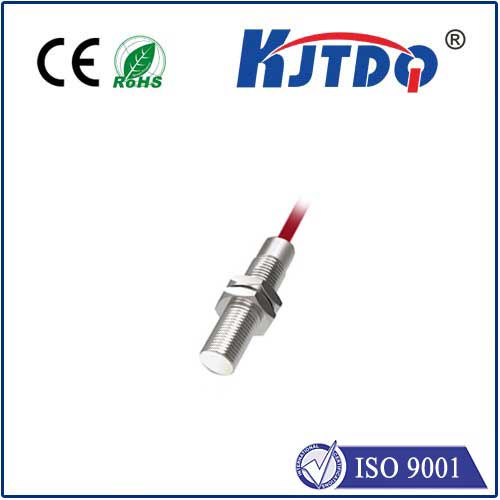omron proximity sensor pnp no
- time:2025-07-17 08:52:14
- Click:0
The Power of Precision: Understanding Omron PNP NO Proximity Sensors for Reliable Automation
Picture a high-speed bottling line: rows of containers whizzing by, precisely filled, capped, and labeled. Suddenly, a sensor misses a bottle. The cap applicator jams, causing a cascade of downtime, wasted product, and frantic technicians. This scenario underscores the unsung heroes of modern automation – proximity sensors. Choosing the right sensor, like the Omron PNP NO proximity sensor, isn’t just about detection; it’s about safeguarding efficiency, minimizing costly errors, and building robust, dependable systems. This fundamental component, often operating silently behind the scenes, is the linchpin for uninterrupted production and precise control across countless industries.
Decoding the Title: PNP NO Explained
The name “Omron proximity sensor PNP NO” precisely defines the sensor’s core characteristics:
- Omron: Represents a leading global manufacturer renowned for its robust, high-quality, and innovative industrial automation components. Omron sensors are synonymous with reliability and long-term performance.
- Proximity Sensor: Indicates a non-contact device designed to detect the presence or absence of metallic (typically ferrous or non-ferrous, depending on type) objects within its sensing range without physical touch. They operate based on electromagnetic field changes (inductive type being the most common for metal detection).
- PNP: Stands for “Positive-Negative-Positive.” This is a crucial specification referring to the transistor switching configuration of the sensor’s output circuit.
- How PNP Works: In a PNP sensor, the load (e.g., PLC input, relay coil) is connected between the sensor’s output wire (typically brown or black) and the negative supply voltage (0V DC or common/blue). When the sensor detects a target, its internal PNP transistor switches on, effectively connecting the output wire to the positive supply voltage (typically +24V DC/brown). This allows current to flow from the sensor’s output through the load to the negative/common line, providing a positive voltage signal to the load (signal level switches high on detection). Distinguishing PNP from NPN is critical for correct wiring and system operation.
- NO (Normally Open): This describes the electrical state of the output contacts when no target is present.
- Normally Open (NO): When no target is within the sensing range, the output circuit is open, meaning there is no connection internally, and no current flows to the load. No signal is present. When a target enters the sensing range, the output circuit closes (switches on), allowing current to flow and signaling detection (output becomes active/high). This behavior is intuitive for many control systems: “detection = active signal”.
Therefore, an Omron PNP NO proximity sensor is a high-quality, non-contact device designed by Omron that detects nearby metal objects and provides its signal using a PNP transistor output circuit (sourcing current) that is electrically open (inactive) when no target is present and closes (becomes active/high) when a target is detected.
Why Choose an Omron PNP NO Proximity Sensor?
The combination of Omron’s build quality and the specific PNP NO configuration offers compelling advantages:
- Sourcing Output (PNP): PNP sensors act as current sources. They actively provide the positive voltage (+V) required to energize the load when active. This is often the preferred and sometimes required configuration for many modern PLCs (Programmable Logic Controllers) and control systems in regions like Europe and many parts of Asia, where inputs are commonly designed to receive a sourcing (+) signal. Wiring PNP sensors directly to PLCs is frequently simpler as it avoids the need for additional pull-up resistors often required with NPN sensors.
- Intuitive Logic (NO): The Normally Open operation aligns perfectly with the concept “detection = action.” When the sensor sees the target, the output turns on. This straightforward behavior makes programming logic in PLCs or other controllers easier and more intuitive – “If Sensor_ON Then Perform_Action”. This clarity in signal state directly correlates to target presence simplifies troubleshooting.
- Safety-Conscious Design (NO): In many critical applications, a broken wire or loss of power needs to be detectable as a fault condition. A NO contact inherently provides this safety feature. If the wire connecting the sensor output to the PLC input gets severed, or the sensor loses power, the PLC input sees an open circuit (equivalent to no target present). This loss of signal can be programmed into the PLC as an alarm condition, potentially halting the machine safely, rather than falsely indicating a target is present. This fail-safe aspect is a significant advantage in safety-critical systems.
- Superior Sensing Performance: Omron invests heavily in sensor technology. Their inductive proximity sensors offer:
- Excellent Detection Range: Precise and reliable detection within their specified range, often outperforming cheaper alternatives, especially with challenging targets or environments.
- High Switching Frequency: Capable of detecting rapidly moving objects on high-speed production lines.
- Robust Construction: Built to withstand harsh industrial environments, featuring resistance to vibration, shock, chemicals (various housing materials/IP ratings), and electrical noise. Their sealing technology is particularly noteworthy for preventing ingress of cutting fluids, dust, and washdown sprays. This durability translates directly to reduced maintenance costs and downtime.
- Stability: Consistent performance over temperature variations and voltage fluctuations.
- EMI Resistance: Excellent immunity to electromagnetic interference, ensuring reliable operation near motors, inverters, and welding equipment.
Key Applications Where Omron PNP NO Shines
The reliability and specific characteristics of PNP NO sensors make them ideal for countless industrial tasks:
- Position Detection: Verifying parts are correctly seated in fixtures, pallets, or assembly stations. Ensuring components are present before a machine cycle begins.
- End-of-Travel Sensing: Confirming cylinders are fully extended or retracted. Critical for safe and coordinated motion control.
- Parts Counting: Detecting objects moving on a conveyor or through a chute. Inventory management and production monitoring.
- Presence/Absence Verification: Ensuring components are present for assembly, lids are on bottles, or products are correctly loaded. Preventing downstream damage from missing parts.
- Speed Monitoring: Using multiple sensors to detect rotational speed or linear speed of shafts or conveyors.
- Machine Control Interlocks: Providing safety or operational feedback (e.g., guard door closed, material present, tool in position) before allowing a machine cycle to start. The NO configuration inherently flags sensor circuit failures.
- Level Detection (Slurry/Metallic): Detecting the level of metallic powders, granules, or liquids in containers (using appropriate mounting and sensor types).
**Selecting the Right Om





